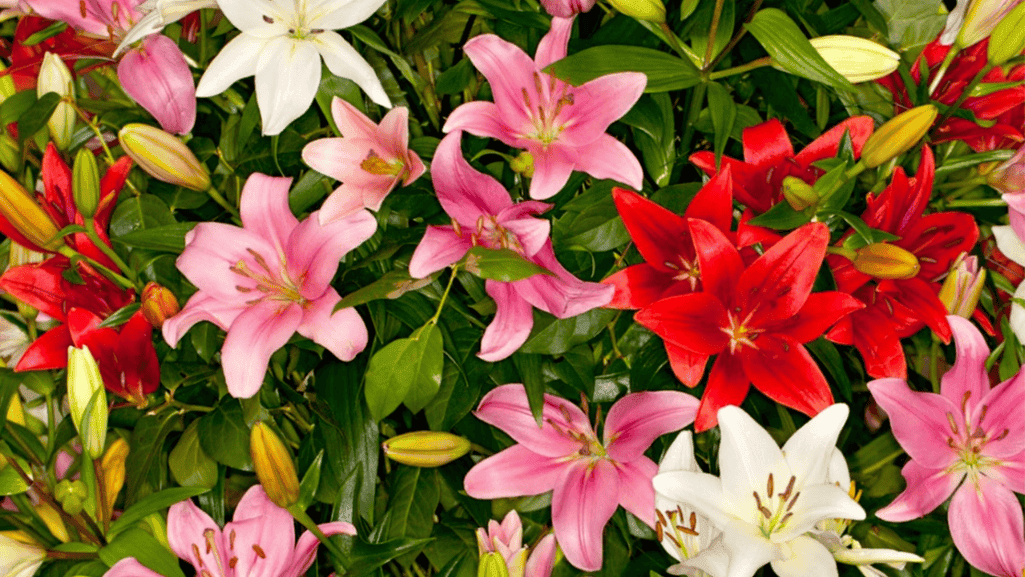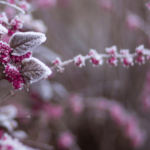
Beautiful flowers gardenia Plants For Your homes

Bring bold, modern blooms to your garden with asiatic lilies. These hardy perennial bulbs thrive in USDA Zones 4–9 and produce upright, star-like flowers that measure 4–6 inches across. Their vivid colors—from fiery orange to soft white—make a striking summer display without heavy scent.
Planting is simple: set bulbs about 8 inches deep and 8 inches apart in loose, slightly acidic to neutral soil. They prefer full sun above and cool roots below, so pair them with airy companions that shade the base while letting the tops sunbathe.
Most plants reach a few feet tall and bloom from late spring into midsummer for roughly a month. Bulbs often double each year, giving you more stems and longer seasons of blossoms. Note that all parts of the plant are toxic to cats and dogs, so place them safely away from pets.
For detailed care tips, check this comprehensive asiatic lily guide.
https://www.youtube.com/watch?v=yybXuAQ1ttc
Plant them for an early show: these hardy bulbs are often the first to bloom each season, opening 4–6 inch flowers in late spring and into early summer. Their low fragrance makes them ideal for mixed beds and indoor bouquets.
Count on bold colors and simple care. This group offers the broadest range of hues among similar garden bulbs, from warm golds to deep reds. Sturdy stems mean you rarely need staking, so beds look tidy with little work.
They also make excellent cut stems that last in vases. Cold-hardy to about −35°F and suited to USDA Zones 4–9, these perennial plants reliably come back when sited well and given basic care.
Pick a sunny site in USDA Zones 4–9 so bulbs get the energy they need to produce strong stems and vivid blooms.
Choose a sunny garden location in Zones 4–9 to set asiatic lilies up for vigorous growth and showy bloom. Note wind exposure and pick a sheltered spot if tall stems worry you.
Aim for full sun with at least six hours of direct light daily for abundant flowering. Keep tops warm while protecting roots; mulch or low leafy companions help shade the soil without blocking light.
Favor loose, moist, well-drained soil with a pH near 6.0–6.5. Prepare beds weeks ahead by adding organic compost to improve structure and drainage.
Tip: Prioritize an organic mix when amending soil; it feeds bulbs and helps the bed perform year after year.
Planting at the right time gives bulbs a head start for stronger stems and fuller bloom.
You can plant in spring for a quick start, or choose late summer to early fall so roots set before winter. Fall planting helps bulbs establish and often yields more vigorous growth the next year.
Pick sunny beds or borders where the tops get full light and the soil stays cool. Slot these bulbs into mixed plantings so companion foliage or mulch provides gentle root shade.
Planting right from the start sets the stage for strong stems and lasting color. Follow simple depth and spacing rules so each bulb can root, push up, and bloom without crowding.
Dig holes 6–8 inches deep to keep roots cool through warm weather and protect bulbs from temperature swings. Space bulbs about 8 inches apart so each stem has room to grow and flower.
Set the bulb with the pointy end up and the flat basal plate down. This alignment helps sprouts emerge quickly and evenly. Backfill with friable soil and gently firm the bed so bulbs make good contact with the soil.
Water thoroughly after planting to remove air pockets and settle the soil. Add 2–3 inches of mulch to moderate temperature and conserve moisture.
Give your garden a solid routine of sun and steady moisture to keep blooms strong all season. Good light, measured watering, and a simple spring feed are the keys to healthy growth.
Aim for full sun with at least six hours of direct light each day. This steady sun helps buds form and opens more large, colorful blooms.
Water consistently at about 1-2 inches water per week, adjusting for hot or dry spells. Let the top inch of soil dry between waterings to cut risk of rot.
“Deep, infrequent watering builds stronger roots than frequent shallow sprays.”
In spring, feed with a balanced slow-release fertilizer (for example, 10-10-10) to support stems and bud set. Avoid high-nitrogen mixes that make leaves at the expense of flowers.
Post-bloom care is the quiet work that builds next year’s show. After flowers fade, small, steady actions keep bulbs healthy and beds tidy through the fall and winter.
Snip spent blooms to keep borders neat, remembering these plants will not rebloom this year. Removing spent flowers directs energy back into the bulb instead of seed production.
Leave green stems and leaves alone. They photosynthesize and refill the bulb with reserves for the next year. Avoid tying or bending live foliage; let it die back naturally.
Wait until the foliage browns in fall before cutting stems to the ground. This visible die back naturally signals bulbs are dormant and safe to prune.
After flowering, many bulbs form offsets you can use to expand your beds next season. Propagation is an easy, rewarding way to multiply color and vigor in your garden.
In early fall, lift mature clumps and gently separate offsets. Make sure each division has healthy scales and some roots.
Replant each piece at the same depth right away to avoid drying. This step refreshes vigor and boosts blooms the next year.
Bulblets often form along buried stems. Detach them with any tiny roots and pot in a light nursery mix.
Keep these starts evenly moist in bright, indirect light and grow them on until spring before moving to the bed.
For more copies, remove a few outer scales and place them in damp peat or vermiculite at roughly 70°F.
In 6–12 weeks small bulblets will appear. Pot them up and care for them until planting time.
“Always discard any divisions that show disease to protect the rest of the bed.”
Growing in a container means you control soil, drainage, and season-long moisture. That control makes pots ideal for adding vibrant lilies to small spaces or patios.
Select a sturdy container with ample drainage holes so water never pools around roots. Plant bulbs about 6 inches below the rim for proper root room and stem support.
Use a 7-inch pot for one standard bulb or three dwarf bulbs spaced roughly 2 inches apart for balanced growth.
Fill pots with a premium potting mix that drains yet holds some moisture. Container media dries faster than garden soil, so check the top layer often and adjust your water per week as temperatures change.
“A well-aired pot with the right mix makes every bulb thrive.”
Protecting your blooms starts with quick detection and simple routines. Scout beds early in spring and act at the first sign of damage to keep color and form intact.
Watch for the red lily leaf beetle in spring. Hand-pick adults and eggs, then drop them into soapy water.
Break the life cycle by treating larvae on contact with neem oil or spinosad.
Blast aphids with a firm spray or use insecticidal soap to protect plants from viruses.
If virus symptoms appear, remove and trash affected material and disinfect tools. Do not compost infected debris.
Botrytis blight thrives in damp, still air—encourage airflow by spacing and thinning nearby foliage.
Improve soil drainage and avoid overwatering to prevent basal rot at the bulb’s basal plate. In containers, make sure drainage holes work and use a well-draining mix.
Timing and selection shape the season. Plan plantings so your beds shift from late spring into full summer color. Expect each group to produce showy blooms for roughly a month when sited and fed well.
asiatic lilies bloom from late spring through midsummer. Flowers open as upright to outward-facing cups about 4–6 inches wide. That concentrated display makes them ideal for bold seasonal impact.
These bulbs offer a vast color range and dramatic petal shapes. Many sport contrasting freckles and ruffled edges that read well from pathways and patios.
Tip: Remove pollen-laden anthers as buds open to extend vase life and keep stems stain-free. Track which variety thrives in your site and refine selections the next season.
A small investment of soil prep and sun pays off with bold stems and repeat blooms year after year.
Plant bulbs 6–8 inches deep and about 8 inches apart in loose, well-drained, slightly acidic soil. Sit them in full sun, water roughly 1–2 inches per week, and feed in spring with a balanced fertilizer.
Mulch to keep roots cool, divide clumps every few years, and use containers with clear drainage holes and a quality potting mix when space is tight.
Expect upright flowers from late spring into midsummer. Keep notes on what thrives, and visit our lilies guide for planting details and variety ideas.




